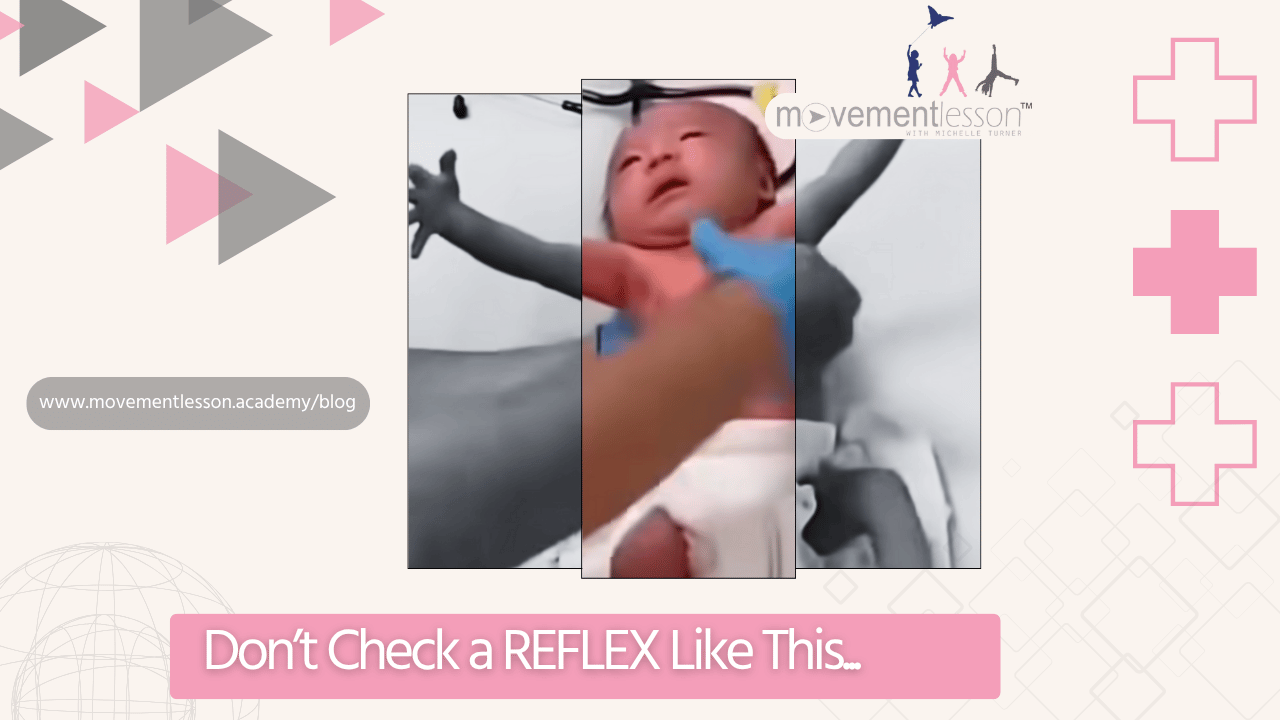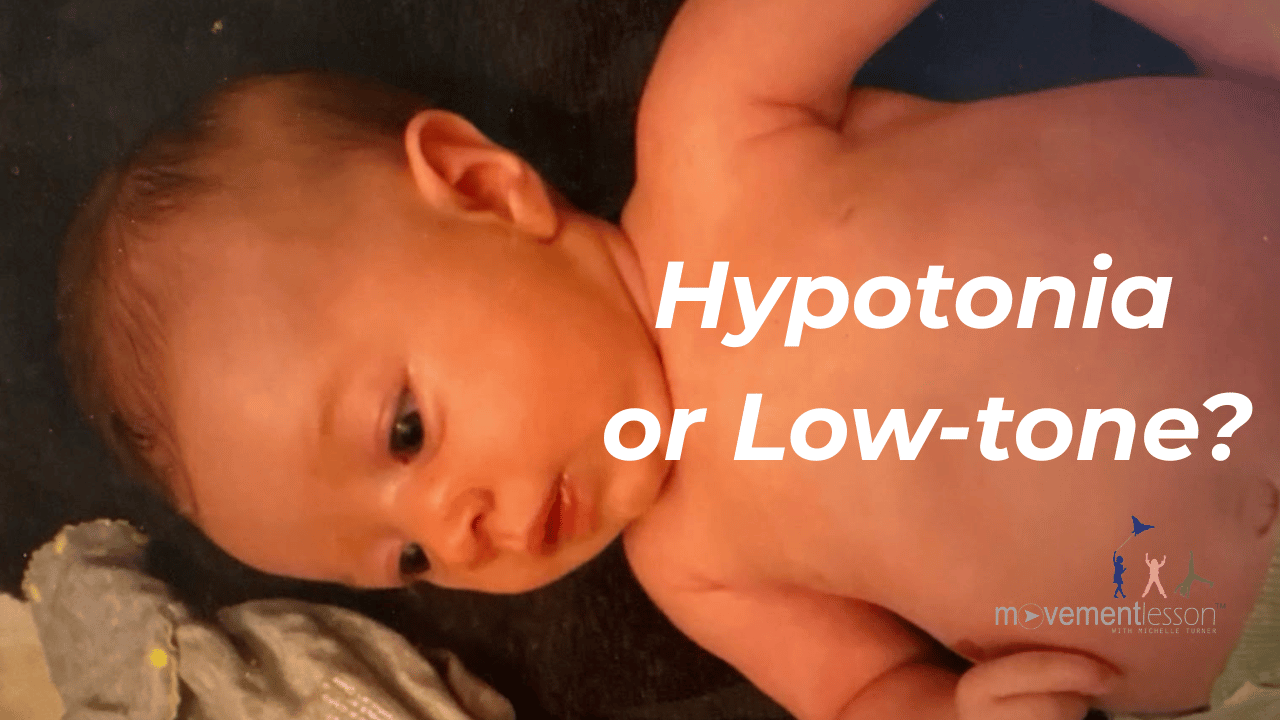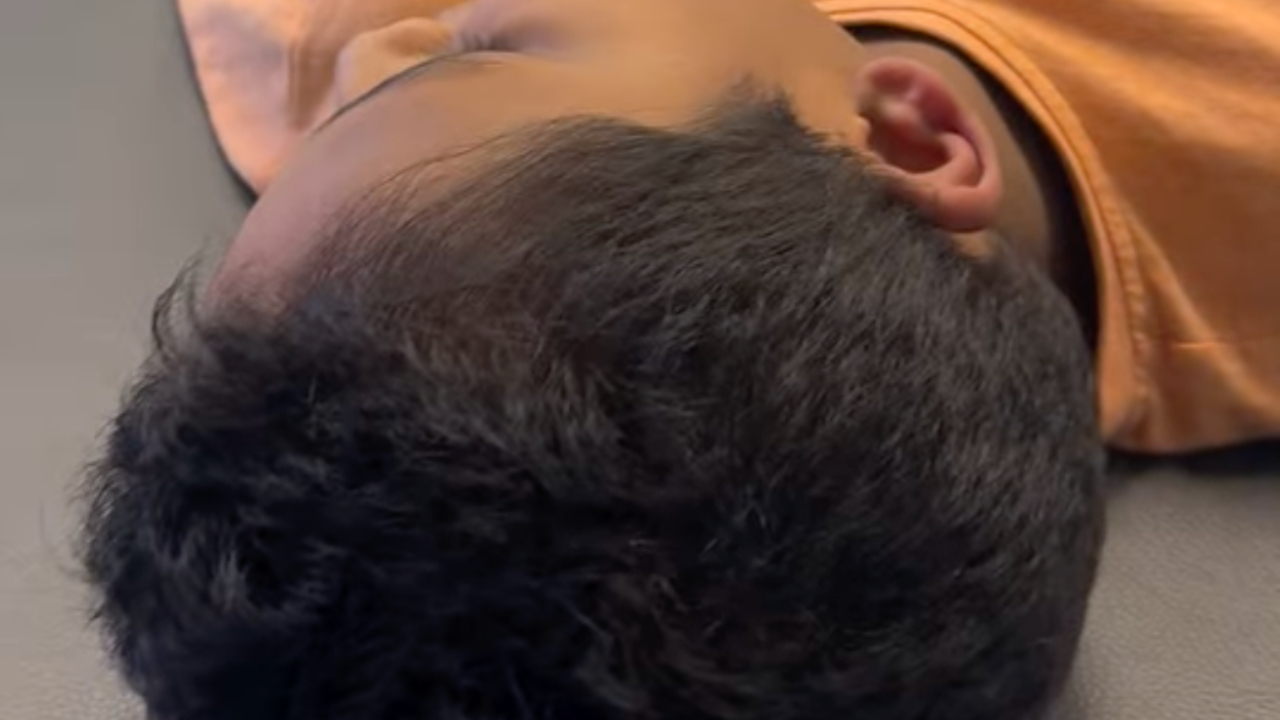Blog
Understanding Low Tone: It's Not What You Think

Most people think low tone means “weak muscles.” But that’s not true. It’s not even close.
 The Truth:
The Truth:
It’s created by the relationship between the bones and the skin—a dynamic tension system that requires correct skeletal alignment and buoyancy in gravity.
How Tone Actually Works:
The Skeletal System Sets the Frame
-
If the bones can’t rise and suspend within gravity, the muscles can’t engage.
-
Think of it like ice cubes in a glass: they always rise to a certain level and orient to the horizon. That’s what your bones are meant to do—create buoyancy and tension.

The Skin Provides Tonus
-
Skin isn’t just passive—it has tension. It wraps the skeleton and contributes to the “bounce” or “readiness” of muscle action.
-
When skin tonus is lost (as in aging or prematurity), the skeletal system can’t interact, and muscle activation breaks down.
-
A...
Microcephaly and Plagiocephaly

What If Your Baby Can't See Their Own Body?
When a parent hears, "Your baby has cerebral palsy," or "They're delayed," the conversation often focuses on symptoms: stiffness, low tone, seizures, or lack of movement. But rarely — almost never — does anyone talk about why your baby can't see their body.
Yes, we're going there. Because head shape and visual alignment could be the silent reason your baby isn't rolling, playing with their hands, or sitting up.
The Hidden Problem: Eye-Ear Misalignment
Take a moment and really look at your child. Not their diagnosis. Not their behaviors. Their actual structure.
In a typically developing baby lying on their back:
- The eyes and ears are aligned horizontally.
- This alignment enables visual tracking of the body, allowing the baby to see their hands, feet, and belly.
But in babies with:
- Microcephaly (a smaller-than-average head)
- Plagiocephaly (flat spots or misshapen skulls)
… you'll often notice something subtle but huge:...
Incorrect Reflex Examination

 T urner Analysis of This Hospital Reflex Test:
T urner Analysis of This Hospital Reflex Test:
 What’s Missing:
What’s Missing:
 Turner Interpretation:
Turner Interpretation:
What is Low Tone or Hypotonia?

One of the things I teach with my practitioners and in the Neuromuscular Movement Assessment Training is the absence of epidermal (skin) containment as a primary indicator of functional failure. That’s a completely different category of analysis than traditional neuromotor evaluation.

Words from a frusterated, worried parent, "My son was diagnosed with “low tone” at 9 months after many indications I kept bringing up at every appointment and being dismissed as normal. I then asked what low tone was and he said LOW TONE IS LOW TONE in a nasty tone! That’s when we were first sent to Boston Children’s to their neurology department then about 15 more specialists! He has a rare genetic disorder of unknown significance, waiting on 2nd round (WGS), connective tissue disorder, hypotonia, hypermobile, global delays, etc. He doesn’t walk or talk YET, he’s 4 1/2. Your posts and videos are always so helpful, thank you!"
STR...
1-Month Milestone: Gravity Is the First Teacher

At 1 month, a healthy baby is not fighting gravity — they’re held by it.
 Key Takeaways:
Key Takeaways:
-
Force should be minimal, passive, and evenly distributed
-
Movement is buoyancy-led, not driven by tone or torque
-
Midline isn’t reached — it’s formed through rotational responses
-
 Weight transfer
Weight transfer
-
 Transitional skills
Transitional skills
-
 Rotational initiation
Rotational initiation
-
Movement to occur without resistance
-
Structure to stabilize without rigidity
-
Sensory input to be organized as functional experience
Working With Midline and The Head

Watch Facebook video - CLICK HERE.
Transitioning from rotational shutdown + structural compensation → into partial midline recovery, functional buoyancy, and rotational exploration.
Goal:
Reintroduce rotational gravity across visual, cranial, spinal, and pelvic systems — without overwhelming the system or triggering shutdown.
Key Turner Intervention Tips:
Train Visual Midline Before Physical Midline
If the eyes don’t track, the body won’t cross.
-
Any child with or without a diagnosis needs to have two types of visual assessments
-
Health/Structure
-
Functional Vision
• Don’t ask for eye tracking — invite it with slow, circular hand movement
• Rotate toys, objects, or lights in arcs from left-to-right quadrant while the head remain...
Lack of First Breath

I don’t know how they put this on that there’s no breath and no cry for the baby. They feel it’s okay to go on social media, but you can see they still had time to vaccinate the child, tag the child, put diapers on the child, put a nasal cannula on the child, and then go into chest compressions for breathing. So do you see how that affects all the markers and deviations three and four that parents don’t see, and they don’t know to look for? So the touch has to be very important to pick that up.
-
Intubated,
-
Braced and bandaged,
-
Already wearing ID tags,
-
Diapered,
-
Vaccinated (evidenced by gauze and taping),
-
And being handled with abrupt, impersonal touch after all the above—but before breathing was fully established.
Does My Child Have Autism at Age 4?

Autism vs. Gifted
1. Social Interaction
-
May prefer the company of older children or adults due to advanced verbal and cognitive skills.
-
May engage in imaginative play with complex storylines.
-
Often shows strong empathy and an ability to read emotional cues (though not always).
-
Might appear “bossy” or intense due to their vocabulary or confidence.
-
May prefer to play alone or have difficulty initiating or maintaining peer interactions.
-
Play may be repetitive or focused on specific routines rather than imaginative.
-
May struggle to read or respond...
Does My Child Have CP or Not? Complete Guide for Early Warning Signs of Cerebral Palsy

Early Warning Signs of Cerebral Palsy in Infants Birth to 12 Months: A Complete Resource Guide for Proactive Parents, Caregivers, and Professionals
Cerebral palsy (CP) is a broad term used to describe a group of disorders that affect a person's ability to move, maintain balance, and control their posture. It is the most common motor disability in childhood, occurring in approximately 1 in 345 children (1). This resource guide is designed to empower proactive parents with knowledge about the early warning signs of cerebral palsy in infants from birth to 12 months old. Early identification of potential signs, coupled with prompt intervention, can have a profound impact on a child's development and overall well-being and getting on top of their optimal development despite life-long challenges that may be inevitable.
Please note that the wording in red is important insights about Cerebral Palsy (CP) by Movement Lesson.
Blog Summary:
- What is Cerebral Palsy
- Types of Cerebral Palsy...
Understanding Baby Hiccups: A Complete Guide for Proactive Parents

Understanding Baby Hiccups: A Complete Guide for Proactive Parents
Blog Summary:
- Typical Baby Hiccup Patterns
- Warning Signs of Baby Hiccups
- When to Seek Immediate Medical Attention
- When to Consult Your Pediatrician
- Tips for Helping Your Baby Get Rid of Hiccups
- Movement Lesson - The Place Were Optimal Development Begins!
- A Short Story by Erin Fulks
-
Get A Movement Review And Movement Lesson Support
- Comparison of AAP and Hospital Information
- Conclusion
- Works Cited
Hiccups are common in babies, often causing concern for new parents (1). This article provides a comprehensive guide to baby hiccups, drawing on information from both hospital doctors and pediatricians. We'll explore typical hiccup patterns, warning signs, and tips for managing hiccups in your little one.
Typical Baby Hiccup Patterns
Hiccups in babies are usually harmless and don't bother them much. They are caused by spasms of the diaphragm, the muscle that separates the chest from the abdomen...
